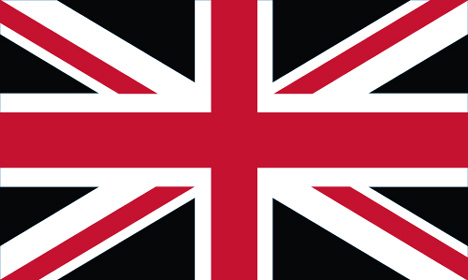Part 15- Now the West Gets Weird: Smoking Out the Hornet’s Nest
If those Patriots looking for revenge for George Washington are to be restrained from more vengeance in the east, there’s still one outlet available, far from both inquisitive writers and Royal Navy guns. And besides, who can object to wiping out renegade Indians, runaway Africans, and the type of outlaws who associate with them?
The holdout Loyalist settlements in the Indian Country [Indiana] commanded by Butler and Brent now come under the gun. Due to the acts of repression against the Loyalists, there has been a steady trickle of refugees making the arduous journeys through the backwoods of Virginia, Kentuckee, and Ohio. By 1788 their numbers have grown to about 5,000 whites, 2,000 Iroquois and 1,000 blacks, leaving them with about 4,000 fighters. Unfortunately they are cut-off from supplies, relying on Canadian fur-trappers and traders for what they can smuggle in.
However, they have gained a powerful ally: the Shawnee leader Blue Jacket, who fought alongside the British during the Revolution, and was subsequently forced to cede tribal lands in Ohio.
In 1788 the newly-appointed Governor of the North-West Territory, General Arthur St.Clair, decides to lead a militia force in attacking the Loyalists and their Shawnee and Miami allies. Though he manages to raise two thousand men (including 600 Regulars), he meets a devastating military disaster, and most of his force is wiped out. This leads to investigations in Congress, and President Adams decides to appoint Washinton’s old colleague General “Mad Anthony” Wayne to lead a newly- formed “Legion of the United States” a self-composed force trained to fight irregular forces in wooded country.
[Blue Jacket, St.Clair, Wayne and the Legion as in OTL, just advanced a few years].
After two years training, the Legion is ready. They press into western Ohio, where they are met by the Shawnee, Loyalists and Iroquois. The first battle is a defeat for the Legion; they retreat, but Butler and Brant argue against Blue Jacket that they don’t have enough supplies, especially gunpowder, to drive the retreating enemy out completely.
The next year (1791) the Legion returns, re-supplied and reinforced. This time they inflict a decisive defeat on the alliance in north-western Ohio. The Shawnee are forced to open their lands in Ohio for settlement, and are pushed back into “Indian Country” [Indiana]. Another proviso says they must expel their allies, which Blue Jacket is happy to do, still blaming them for their lack of zeal in the follow-up.
The defeat comes heavy for the Loyalists, as among their many dead is John Butler, aged 62, after a lifetime of fighting. The weary ‘Loyal Company’, reinforced by disgruntled Shawnee, is pushed into the Illinois country. Some desert, but most stay loyal to their leaders (the blacks and Iroquois basically having no choice).
As it turns out, John Butler’s death and the magnitude of their defeat earns them some respite. General Wayne reports his overwhelming victory, helped by the belief that he has not only killed the ‘Butcher’ ( John Butler) and Girty ‘the White Savage’, but also ‘Monster’ Brant, which is not true, though Brant is badly wounded. Wayne goes on to describe the survivors, including "the Young Pretender" as he derisively labels Walter Butler (John’s son and the new leader) as “ squalid savages, starving in ragged scraps of buckskin” which, as Walter later notes, “was near enough right”.
They thus drop off the American’s notice, including the new settlers who have enough on their plate in Ohio and eastern Indiana. For now.
